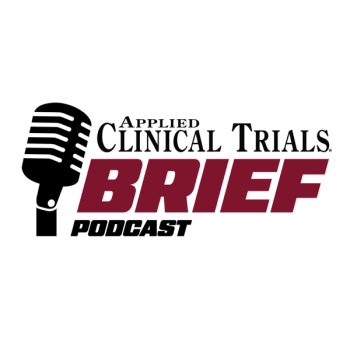
MHRA Tackles Drug Re-Purposing
The MHRA is seeking input on identifying new uses for an existing drug in another indication, or creating novel combinations and sees it as "an emerging and dynamic field of drug development."
European regulators are starting to catch up with the new challenges of repurposing old products. A Brussels meeting that brought together national experts this month reviewed how to deal with the growing practice of repurposing established medicines and active substances. As the European Commission said in introducing the discussion, "The repurposing of established medicines or active substances can allow the marketing of the established medicines for a new indication. Such developments can be important to provide new therapies and therefore contribute to the access to medicines for patients."
So important is it that the UK Medicines and Healthcare products Regulatory Agency (MHRA) has been working on the subject for months now. It describes repurposing (or repositioning, reformulating, or re-profiling, which it defines as identifying a new use for an existing drug in another indication, or creating novel combinations) as "an emerging and dynamic field of drug development."
This "new-for-old" approach can speed up development for treatments for unmet needs, while cutting costs and risks, because it relies on compounds that have already been tested in humans and have often demonstrated an acceptable level of safety and tolerability. But it raises questions for regulators, and MHRA is seeking views on how those questions might be answered, and how valuable work in this field might be best promoted.
There are some regulatory routes already available in Europe that might incentivise such development – in principle at least. The basic 2001 EU directive on drug authorization makes specific provision for the grant of one year of data exclusivity when an application is filed for a new therapeutic indication for a well-established substance, as long as significant pre-clinical or clinical studies have been carried out in relation to the new indication. The MHRA remarks that this provision has been under-utilized, at least in the UK – speculating that this could be due to either the lack of benefits to the pharmaceutical industry, or more simply to a perceived lack of benefits.
The pediatric-use marketing authorizations introduced by the EU's 2006 regulation can confer data and market protection for development of already authorized products which are no longer covered by patent or supplementary protection certificate protection, but this too has been used only rarely.
The EU orphan drug designation created in 2000 offers as much as includes a 10-year period of market exclusivity for medicines intended for small numbers of patients, and this provision has seen many established drugs given orphan designation in a 're-purposed' setting, including ibuprofen solution for patent ductus arteriosus, ciclosporin inhaled for graft rejection after lung transplantation, or heparin for treatment of idiopathic pulmonary fibrosis.
There are also initiatives such as new models for translational research and drug repositioning based on three-way partnerships between public funders, the pharmaceutical industry and academic investigators (the UK Medical Research Council and the US National Center for Advancing Translational Sciences at NIH are examples) which can provide academic researchers with access to clinical and preclinical compounds for new research into disease mechanisms and potential therapeutic interventions.
But this type of research is relatively under-resourced, says MHRA, depending mostly on academic units and medical research charities, and where medicines are used off-label based on published evidence of safety and efficacy, information on the optimal use in the 'off-label' condition is not included in summary of product characteristics or the patient information leaflet.
So MHRA raises the question of whether there is a need to establish specific legal or regulatory terminology and definitions. It also inquires as to the barriers to re-purposing that industry or non-profit organisations may face in terms of the development programme or adding new indications to existing marketing authorizations. Is there a need for new regulatory incentives or pathways that could support industry and non-profit organizations, and are there disease areas that need specific support, it is asking.
EU member states will be giving thought to the matter over coming weeks and months, and although this is not a public consultation, there is an obvious opportunity here for anyone with an interest in the subject to make their views known… and even more valuably, because this is at a very early policy stage, where the chances of influencing the outcome are all the greater.
Newsletter
Stay current in clinical research with Applied Clinical Trials, providing expert insights, regulatory updates, and practical strategies for successful clinical trial design and execution.






.png)



.png)



.png)
.png)
